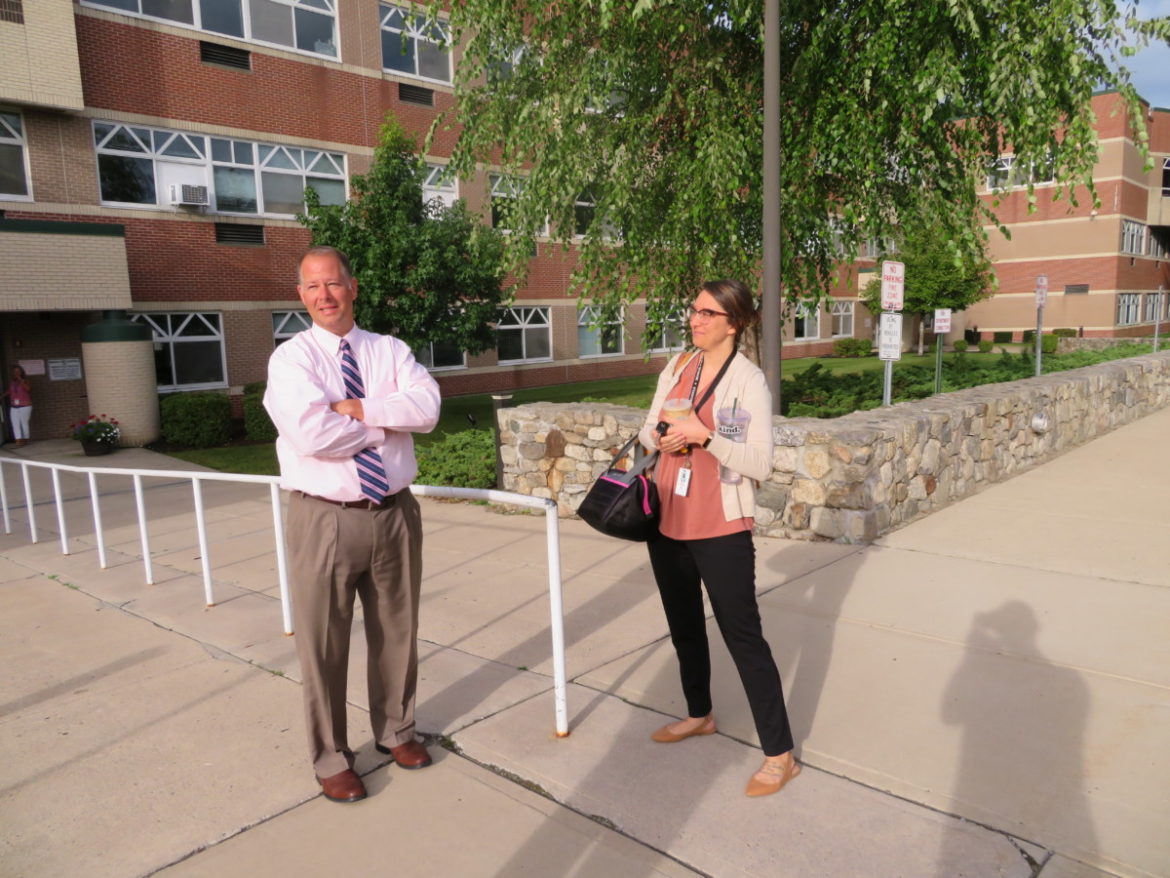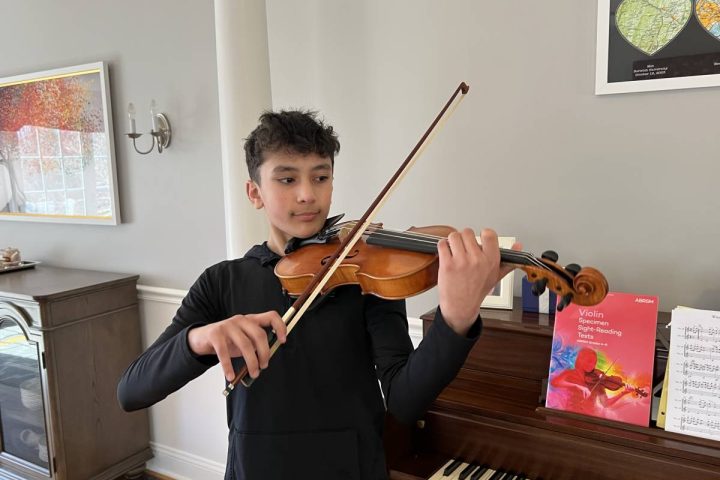MONROE, CT — Superintendents are not alone in deciding what learning model to have in the age of COVID-19. The state of Connecticut provides health indicators to guide its recommendations.
Monroe public schools is using a hybrid model with students split into two groups, each alternating by going to school for in-person classes two days a week and learning remotely for two. On Wednesday’s entire schools will learn remotely.
The other two models are in-person learning with social distancing and remote learning. The hybrid and the in-person models give families the option for voluntary, temporary remote learning.
Acting Superintendent of Schools Joseph Kobza said he and other superintendents receive weekly reports from the state with updates on the situation.
The primary indicator the state goes by is the number of new COVID-19 cases per 100,000 people per day in a seven day rolling average.
If the number is under 10, from a medical standpoint, Kobza said the recommendation is for more in-person learning. If it’s 10 to 25, the state recommends a hybrid situation. If it’s over 25 per 100,000, Kobza said the recommendation is remote learning for all.
The leading indicator is by county, not by town, according to Kobza. He said Fairfield County is the highest in the state at 2.6.
“So Connecticut has been pretty conservative in its approach to COVID and we’ve done a nice job keeping it low,” he said. “We’re starting with a hybrid. Our goal is for the indicators to remain positive and improve, so we can get back to full in-school learning.”
Gov. Ned Lamont talks about health measures such as washing hands and using hand sanitizer, but Kobza said the big two are cohorting (having students stay in the same group whenever possible) and social distancing.
“High school is impossible to cohort the kids,” Kobza said. “If we’re not at six feet, we’re pretty close at every school.”
There are also secondary indicators. One is the percentage of positive tests coupled with new COVID hospitalizations per 100,000 people per day.








